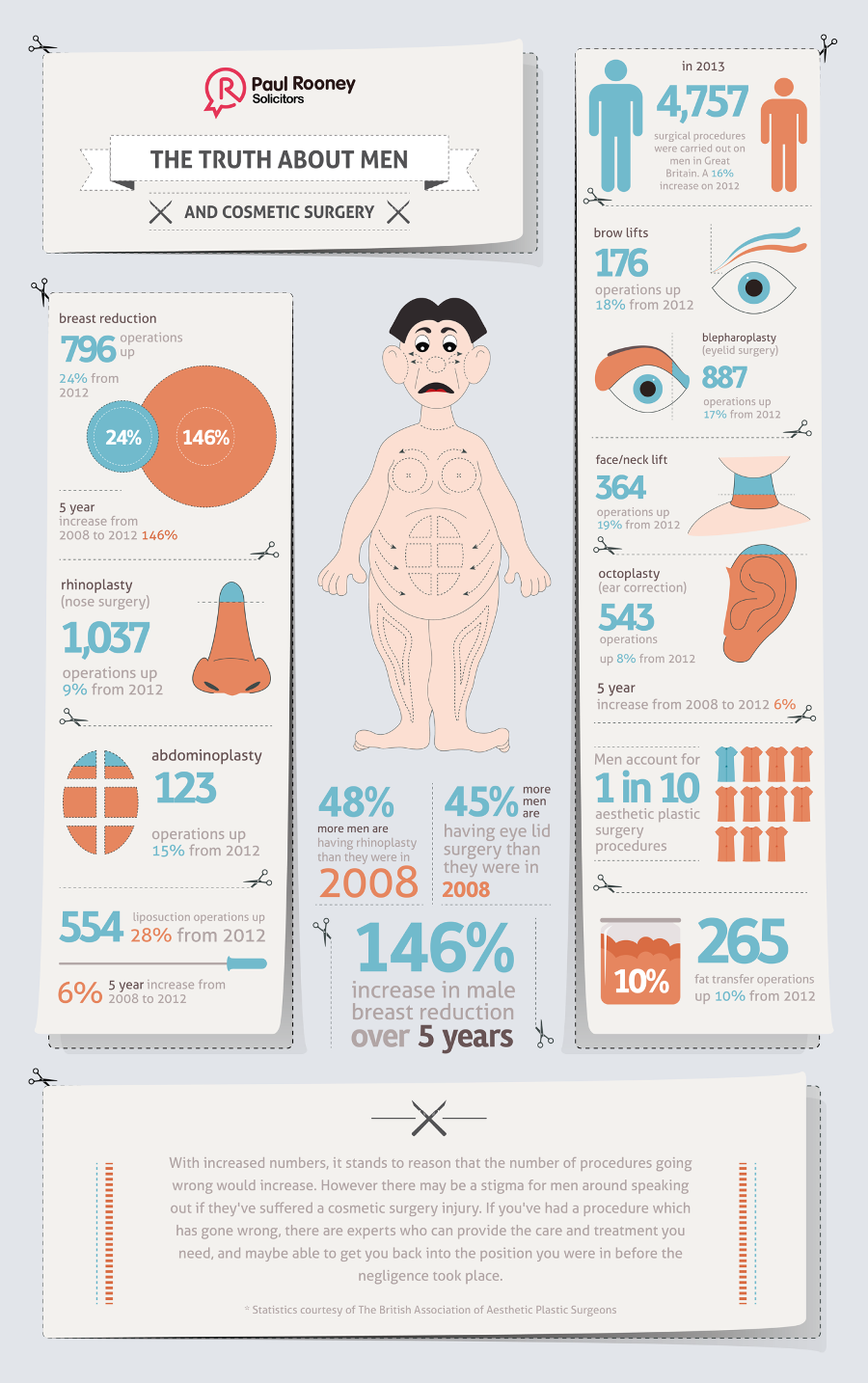Are Acne Scars Permanent
Are Acne Scars Permanent
Blog Article
Hormone Acne - What is Hormonal Acne?
Hormone acne is identified by stopped up pores and oily skin that typically shows up on the chin and jawline. It takes place when hormone modifications trigger swelling and microbial overgrowth within hair follicles.
Outbreaks may appear as whiteheads, blackheads, papules or pustules and cysts or blemishes in a lot more extreme instances. It is more common in teens undergoing adolescence however can influence grownups of any kind of age.
What Creates Hormone Acne?
While acne can be brought on by a variety of factors, including utilizing hair and skin care products that aren't oil-free or made with ingredients that could clog pores, genetic tendency, diet plan,2 and tension, the source is changing hormones. Hormonal acne takes place when the body experiences hormone adjustments and variations that bring about an overflow of sebum, which causes inflammation, increased growth of bacteria and changes in skin cell activity.
Hormonal acne is frequently discovered on the lower jawline, cheeks and neck but can appear anywhere on the body. It is defined by acnes that are cystic, uncomfortable and full of pus or other material. It is also more likely to occur in women than men, especially throughout the age of puberty, the menstruation, maternity or menopause.
Age
While numerous youngsters experience acne at some point during adolescence, it can continue to plague adults well right into the adult years. Called hormone acne, this type of breakout is tied to fluctuations in hormones and is commonly most usual in females.
Hormonal acne occurs when oil glands produce excessive sebum, which clogs pores and traps dead skin cells. This brings about the development of imperfections, such as whiteheads, blackheads and papules, pustules, cysts or nodules, deep under the surface.
This kind of blemish frequently causes discomfort, soreness and swelling. It might also be intermittent and show up around the exact same time each month, such as right before your period begins. This is since levels of women hormonal agents like progesterone and oestrogen change with each menstrual cycle.
Menstruation
Hormone acne usually appears in the reduced part of your face, along the jawline and cheeks, as whiteheads, blackheads or inflammatory acnes (pimples and cysts). It's more than likely to show up around the time when your menstrual cycle adjustments.
Particularly around ovulation, when estrogen and progesterone levels get on the increase, hormone variations can trigger breakouts. Yet it's additionally feasible to get acne at any factor throughout your 28-day menstrual cycle.
If you notice that your hormone acne flare right before your duration, try discovering when specifically this takes place and see if it connects to the phases of your 28-day menstrual cycle. This will aid you identify the root causes of your skin problems. For instance, you may want to work on balancing your blood sugar level and removing high-sugar foods, or think about a prescription medication like spironolactone that can manage your hormonal agents.
Pregnancy
Expanding an infant is a time of significant hormone changes. For several ladies, this includes a flare-up of hormonal acne. This type of outbreak generally starts in the very first trimester, around week 6. It's triggered by hormonal agent surges that boost sebaceous glands to make even more oil, which can block pores and cause even more bacteria to develop.
Breakouts may also happen as a result of pre-existing conditions like polycystic ovary disorder, which can likewise be an issue during pregnancy and menopause. Also, some kinds of birth control pills (such as Ortho Tri-Cyclen and YAZ) can activate hormonal acne in some females.
Luckily, many acne therapies are website "no-go" for expecting females (including preferred acne-fighting components such as isotretinoin and spironolactone). However if you can't stay clear of those bothersome bumps, your doctor might recommend oral erythromycin or cephalexin, which are risk-free while pregnant.
Menopause
As ladies approach menopause, the estrogen degrees that caused their hormone acne to flare during the age of puberty begin to maintain and decrease. At the same time, nevertheless, a spike in androgens (additionally referred to as male hormonal agents) occurs since these hormonal agents can't be exchanged estrogen as effectively as previously.
The unwanted of androgens can trigger oil manufacturing by the sweat glands, which clogs pores. When the stopped up pores become irritated and inflamed, an acne forms.
Hormone acne is commonly seen on the face, especially around the chin and jawline, however it can take place on the neck, back, shoulders, or chest. This kind of acne often tends to flare up in a cyclical pattern, comparable to the menstruation. Tension, which boosts cortisol and tosses hormones out of balance, likewise adds to the breakouts.